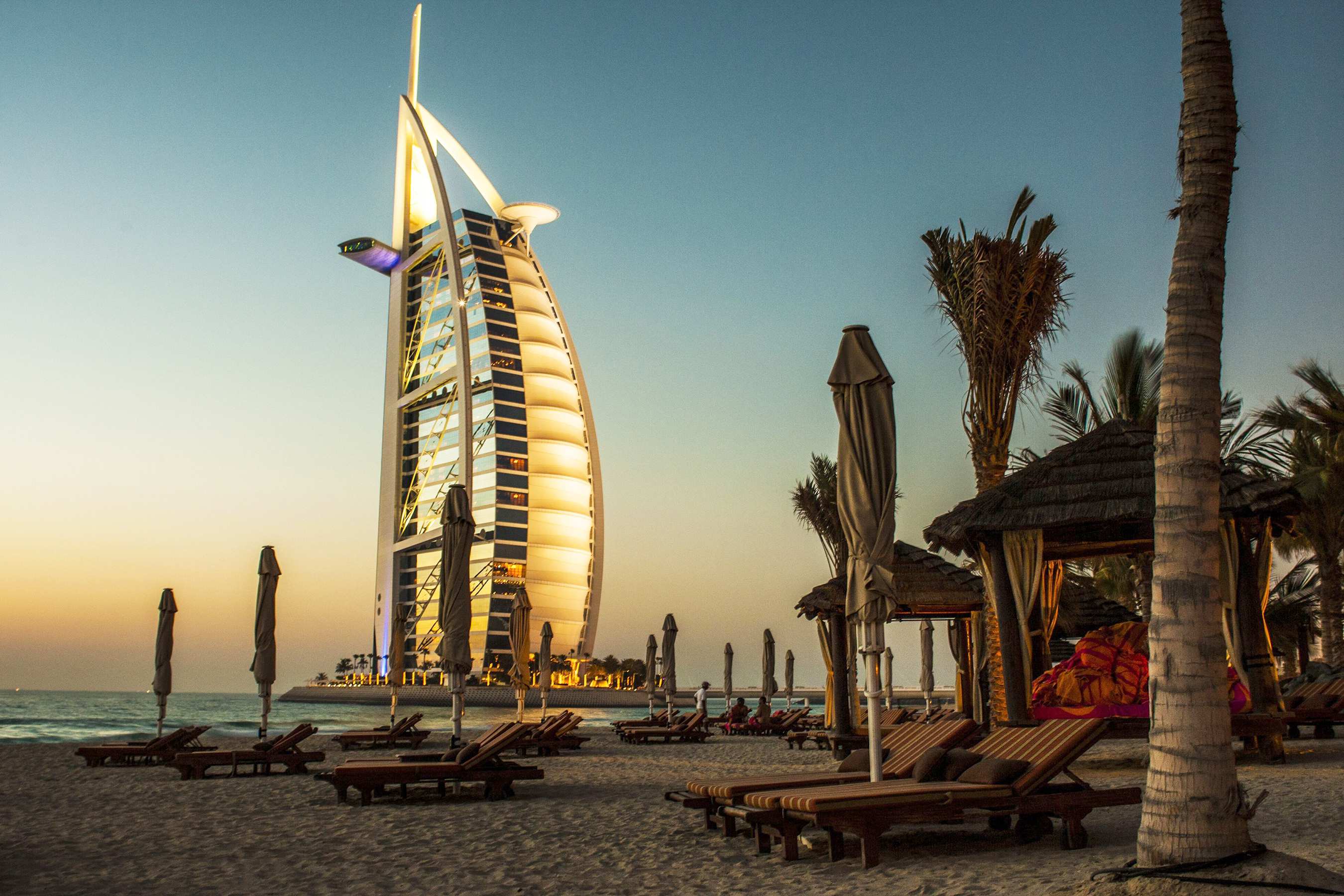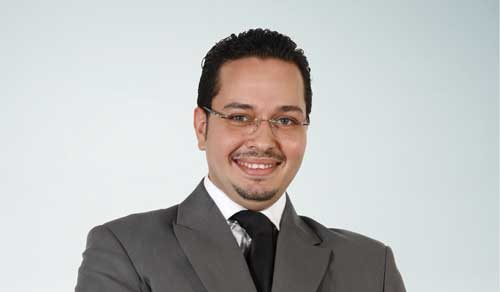Takaful is the Arabic word for “joint guarantee.” It is, in essence, a pact among a group who individually agree to jointly guarantee each member against losses or damages they may incur.
Should any member or participant suffer an incident that would generate a claim, they would receive a certain financial benefit amount from the fund as defined in the pact to help meet the loss or damage.
The concept of insurance, per se, does not conflict with Sharia, as Islam accepts the principle of compensation and group responsibility, and Muslim jurists acknowledge the basis of shared responsibility as the foundation of takaful. However, conventional insurance does possess three elements prohibited by Islamic law: uncertainty (gharar), gambling (maysir), and interest/usury (riba).
Every takaful provider is required to have a Sharia board, and the role of the board’s scholars is to help find Sharia-compliant solutions. Takaful has four main financial models: Wakala, Mudarabah, Waqf and Hybrid. Each model differs slightly in terms of how assets are donated, invested, and paid out. Surplus distribution methods also vary, and are at the discretion of each takaful company’s board of Sharia scholars.
All takaful companies have two asset pools: a participant pool, funded via donations (equivalent to premiums) paid by the participants (policyholders); and a shareholder pool, which is capitalized by shareholders (also known as operators). The participant pool, also called the takaful fund, is invested according to Islamic principles. Its earnings cover administrative and operating costs that include sales and marketing, underwriting, claims management and payouts, reserving, and retakaful.
Lessons to learn
The Takaful market in the Middle East had tremendous double-digit growth from 2005 to 2010, which was followed by a slowdown as some successful operators reached critical mass. Slowed economic growth also had an impact.
The journey to success for takaful was not smooth, and suffered some bumps along the way. New takaful providers in the Middle East faced particular challenges:
First, in their rush to market, some takaful operators set high Wakala (management) fees in order to cover incorporating expenses quickly, which resulted both in negative results and the need for interest-free loans (qard hassan) from the shareholders’ fund to ensure the participants’ fund could cover its liabilities. Other operators chose to set identical Wakala fees for each product. This was not effective as the administration and acquisition cost of each product differed, which exposed them to financial risk, depending on the product mix in their portfolios.
Conventional insurers entering the takaful market created their own challenges. Some sought to speed market entry by taking their existing products and “takafulizing” them. This meant replacing elements of the conventional product’s language in policy documents with equivalent takaful terms. For example, “participant” was substituted for “policyholder” and “wakala fee” for “administration fee.” These products were Shariah-compliant, but not really organically takaful, and so did not achieve much success.
Today’s Market
The Middle East’s successful takaful operators are today essentially on the right track. Most of them elected to develop their takaful products from scratch especially for the family takaful (life), even though doing so took more effort and time. Successful operators also ensured their sales staffs were well trained in the fundamentals of takaful, so that they could understand and describe the main differences between the two types of insurance and discuss takaful’s elements and benefits effectively.
The issues and challenges that initially slowed takaful’s development are also being addressed. For example, companies now set individual Wakala fees per line of business and even per product, rather than charging a flat fee. Middle East countries, however, are still in the process of developing a regulatory framework for takaful containing guidelines that differentiate takaful from conventional insurance.
Conclusion
The takaful market is not insignificant by any means: total contributions for 2017 exceeded USD 20 billion, with the Kingdom of Saudi Arabia having the largest market share, at 44%. The Takaful business has also expanded outside of the Middle East, with takaful companies currently operating successfully in Turkey, South Africa, Nigeria, and Kenya. Bottom line: this market can no longer be neglected. Clients are there, and countries' regulators are developing and implementing new guidelines to accommodate the increasing demand. As this niche market continues to mature, takaful has the potential to be a growth engine for traditional and Islamic business, in the Middle East and even beyond. But it must be done right.



